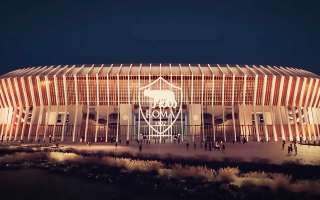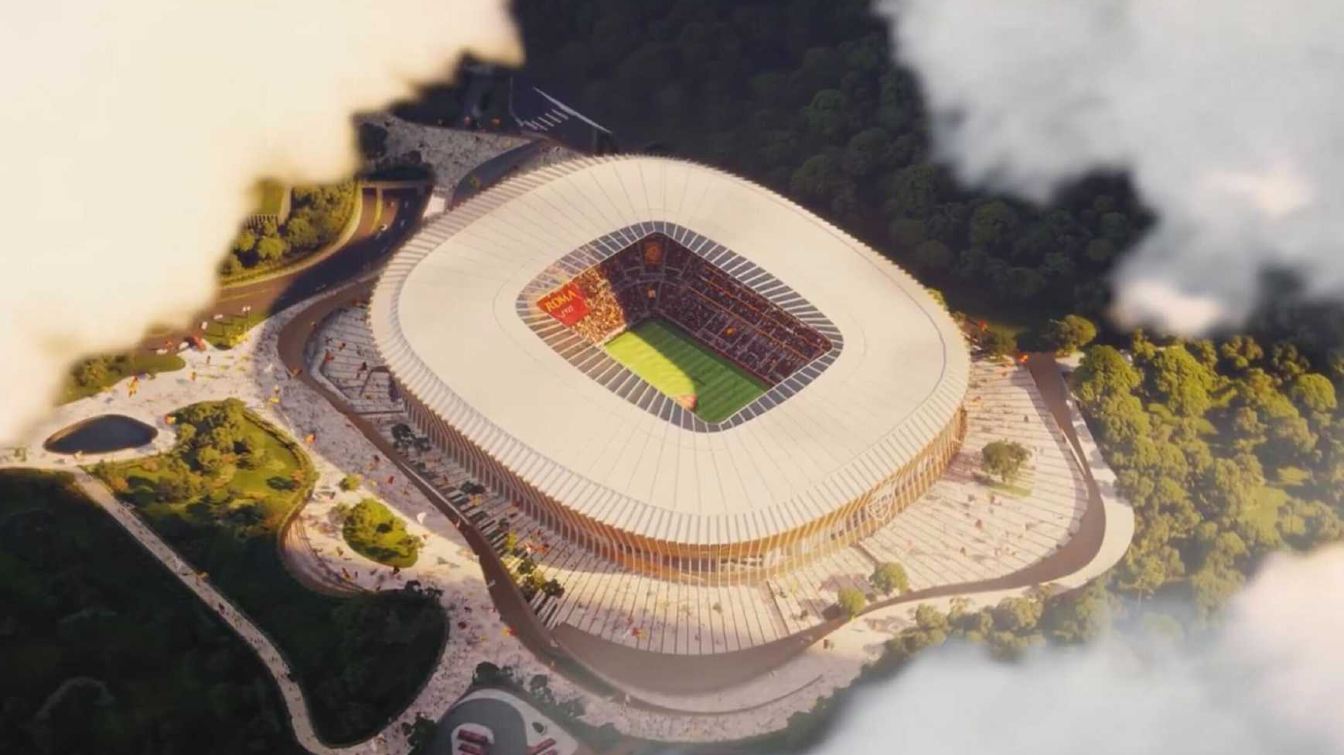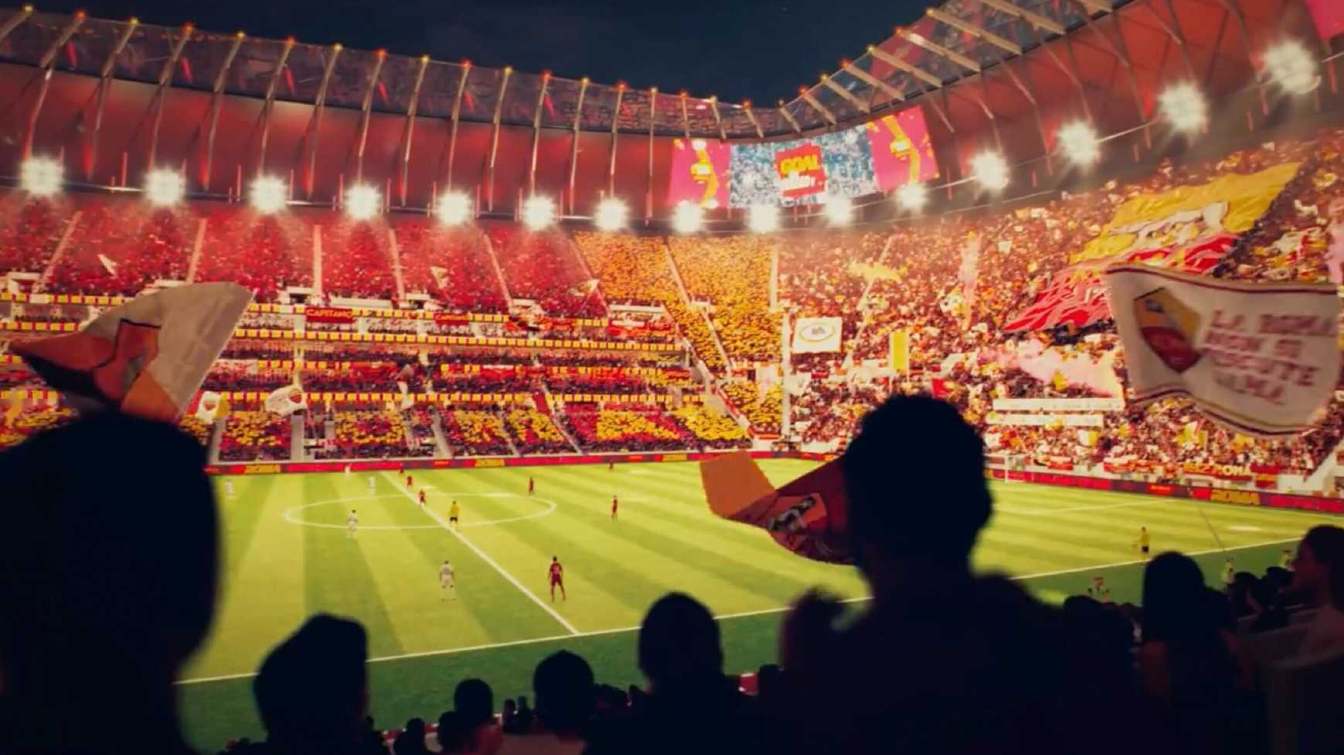Italy: AS Roma stadium project report. Low-value land and a major opportunity for the club
source: StadiumDB.com; author: Paulina Skóra
 The area selected for the Friedkin family’s AS Roma stadium project includes 3.47 hectares of woodland — five times more than initially reported last summer. This is the key finding from a new environmental assessment covering over 23 of the 27 hectares designated for the stadium’s construction.
The area selected for the Friedkin family’s AS Roma stadium project includes 3.47 hectares of woodland — five times more than initially reported last summer. This is the key finding from a new environmental assessment covering over 23 of the 27 hectares designated for the stadium’s construction.
Advertisement
Low environmental and natural value
The study shows that the site consists mainly of agricultural land, urbanized plots with buildings and gardens, and areas covered with shrub or grass vegetation that do not meet regional or national definitions of woodland. However, within the surveyed area, researchers identified several non-contiguous plots classified as forest, totaling 3.47 hectares. Earlier surveys, conducted in August, had identified only 0.7 hectares of low-value woodland.
According to the report, the existing vegetation is of limited ecological importance. It developed on former farmland or orchards now colonized by pioneer, common, and invasive species, with only a small presence of native flora. Consequently, compensatory planting of higher-value trees is recommended.
 © AS Roma
© AS Roma
Stadium as a catalyst for local regeneration
The study, led by Mario Uniformi, supports earlier agronomic findings carried out during archaeological works, confirming the low environmental value of the vegetation and the feasibility of ecological compensation through new plantings.
The report also highlights that most of the area earmarked for AS Roma’s new stadium is currently in a state of neglect and degradation. The designated forest sections are of limited plant and ecological value. City officials emphasize that the stadium project will drive urban regeneration in Pietralata, including the creation of an 11-hectare green park, with three hectares reserved for natural restoration zones. While awaiting the Friedkins’ final design, expected by late 2025, the agronomic report marks another important step toward the realization of AS Roma’s new stadium.
 © AS Roma
© AS Roma
Advertisement
 StadiumDB
StadiumDB